Nothing exists without light. Colors, textures, and geometry come to life when they encounter light. It's the magical moment when our world is revealed to our eyes. Lighting design is the key to interior design. It plays a significant role in how we perceive and experience a space, as it dramatically affects the appearance of geometry and influences our mood and emotions.
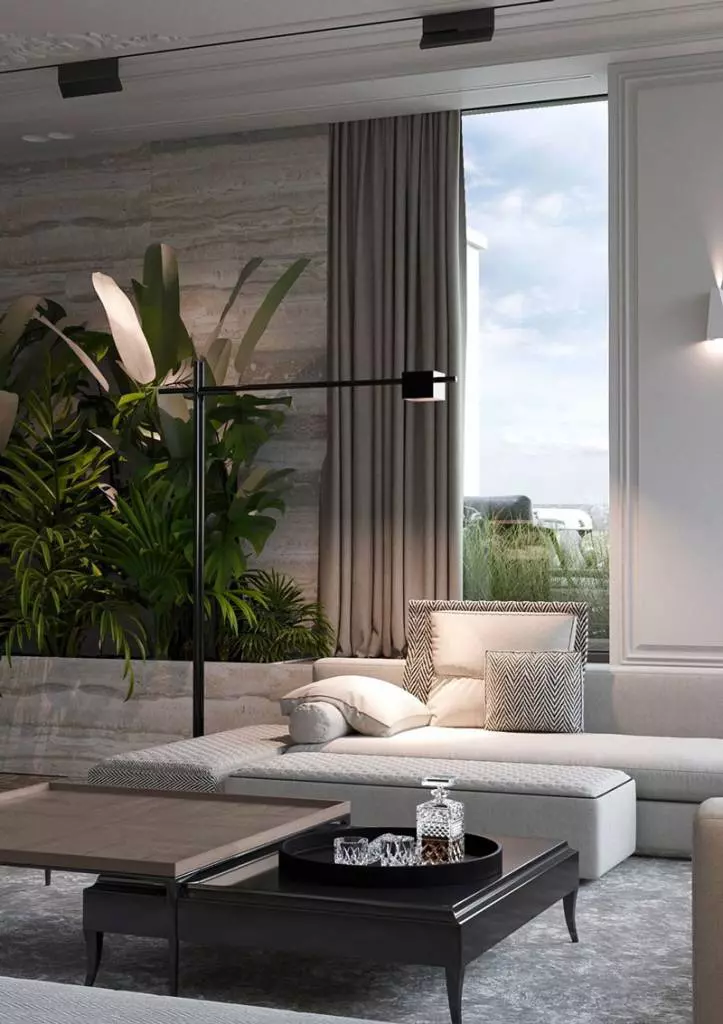 Image: Designland Architects and Interior Designers
Image: Designland Architects and Interior Designers
A successful lighting plan depends on understanding the characteristics of the light source and how it is distributed within the space. In this article, we will explore the fundamental principles of lighting design and provide you with tips, ideas, and concepts on how to illuminate any space like a pro.
The Basics of Lighting Design
Before selecting bulbs or lighting fixtures for your space, it is essential to understand the four characteristics of light sources:
Color Temperature
Color temperature describes the warmth or coolness of a light source and is measured in Kelvin degrees. Different color temperatures evoke different moods and are suitable for various spaces:
- Warm light creates a cozy and calm atmosphere, perfect for bedrooms, living rooms, and dining rooms.
- Neutral and soft white light is friendly and clean, making it ideal for kitchens, bathrooms, and workspaces.
- Cool light is best suited for offices, hospitals, and other commercial spaces.
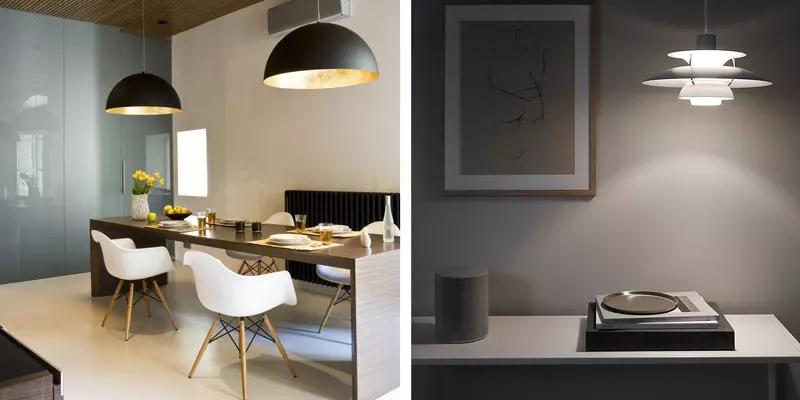 Image: Color Temperature
Image: Color Temperature
Beam Angle
The beam angle of a lamp determines how the light is distributed. A spot angle is suitable for highlighting specific objects, while a wide-angle provides a general and softer light, perfect for illuminating larger areas.
 Image: Beam Angle
Image: Beam Angle
Lumens
Lumens measure the total amount of visible light emitted by a lamp or light source. A higher lumen rating indicates a brighter light. When selecting bulbs, consider the dimensions of the space and the activities conducted within it.
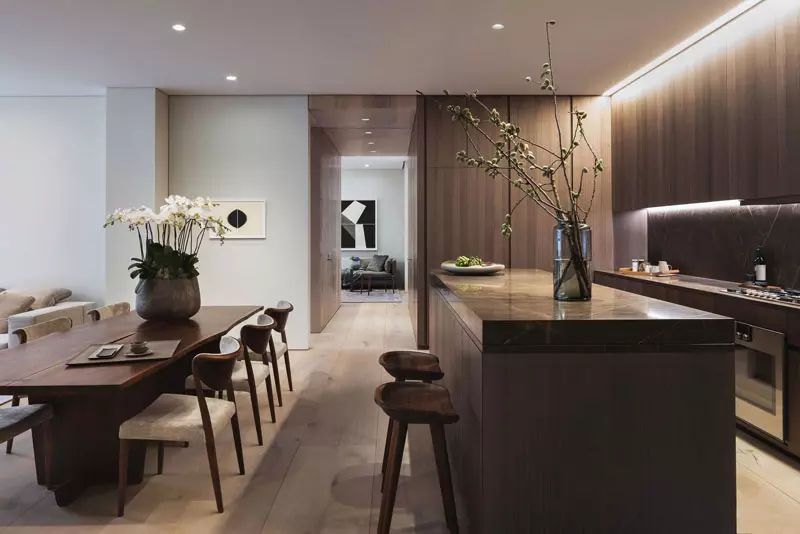 Image: Lumens
Image: Lumens
CRI (Color Rendering Index)
The Color Rendering Index (CRI) measures how accurately a light source renders colors on a scale of 0 to 100 percent. Higher CRI values indicate better color rendering ability. Light sources with a CRI of 90 or higher are excellent for spaces where color is crucial in the design.
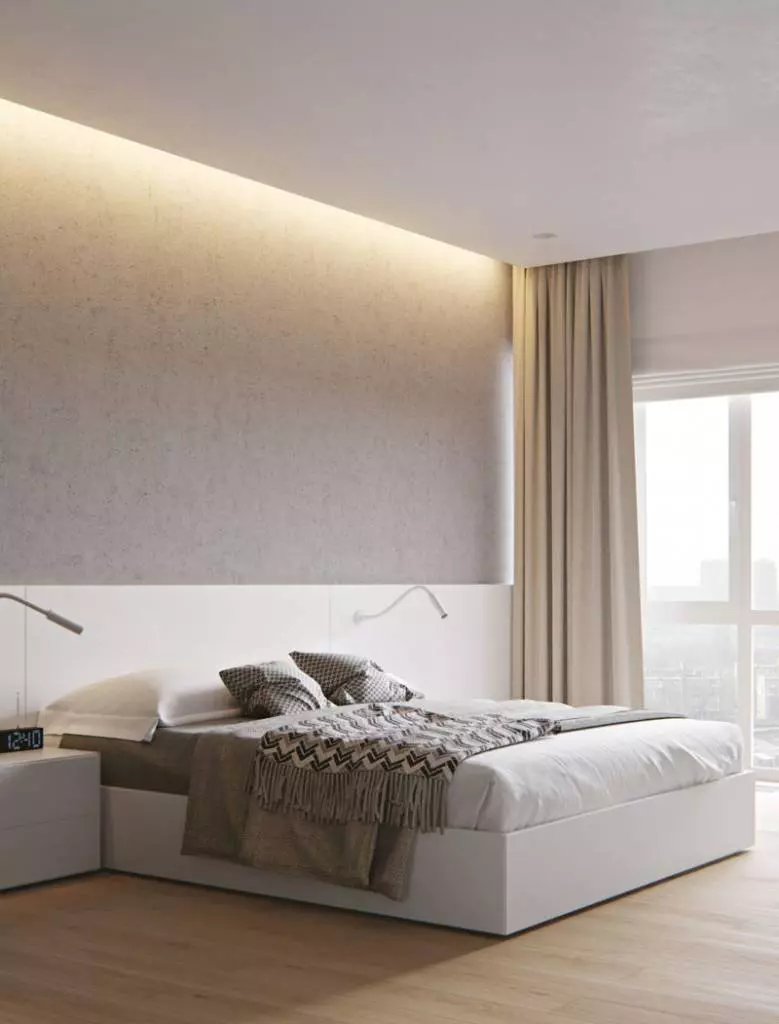 Image: CRI
Image: CRI
Now that you have a grasp of the basics, let's explore how to use different types of lighting sources to design a lighting plan like a professional.
Layers of Light
A successful lighting design is all about layers. Different lighting sources need to be blended to create contrast, accentuate elements, and enhance color and texture. Let's dive into the three layers of light:
Ambient Lighting
Ambient lighting is the base layer of light in any room. Its purpose is to provide overall illumination, allowing you to see and move around the space comfortably. Typically, ambient lighting is soft and diffused, setting the tone for the room.
 Image: Ambient Lighting
Image: Ambient Lighting
You can incorporate ambient lighting into your space through ceiling-mounted or recessed fixtures, LED strips, wall and floor lamps, or pendants that bounce light off ceilings and walls.
Accent Lighting
Accent lighting is used to highlight specific objects or areas, making them focal points of the room. It adds style, contrast, and drama to a space, creating defined shadows and depth.
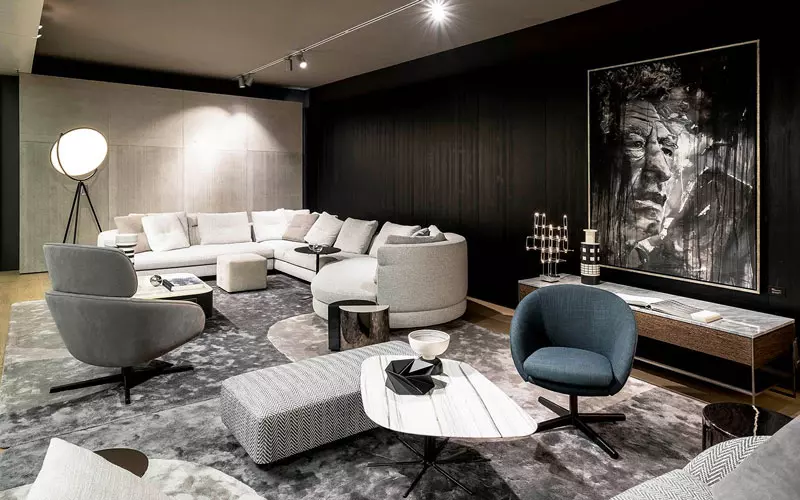 Image: Accent Lighting
Image: Accent Lighting
Recessed spot ceiling lights, track lights, or wall-mounted lights are effective in living rooms or common areas, as they can be angled and directed to create highlights.
Task Lighting
Task lighting is focused light for specific activities such as reading, writing, or food preparation. It is brighter than ambient lighting and provides functionality to specific areas where tasks are performed.
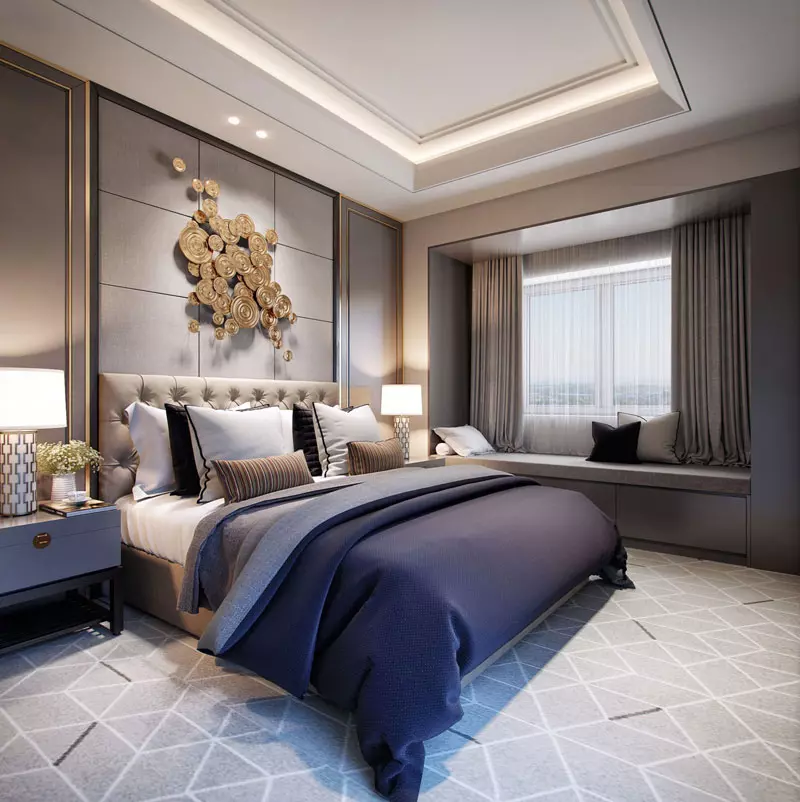 Image: Task Lighting
Image: Task Lighting
Examples of task lighting include recessed and track lighting, pendants, under-cabinet lighting, and floor, desk, and table lamps.
A well-planned lighting design not only provides functional lighting but also enhances the desired design style of the room. When selecting lighting fixtures, consider how they complement the interior design style you desire. Remember, a successful interior design blends both function and aesthetics.
 Image: Lighting Design
Image: Lighting Design
Now that you have a greater understanding of lighting design principles, you can confidently transform any space into a well-illuminated masterpiece. Let light be your guide as you embark on your interior design journey.

















